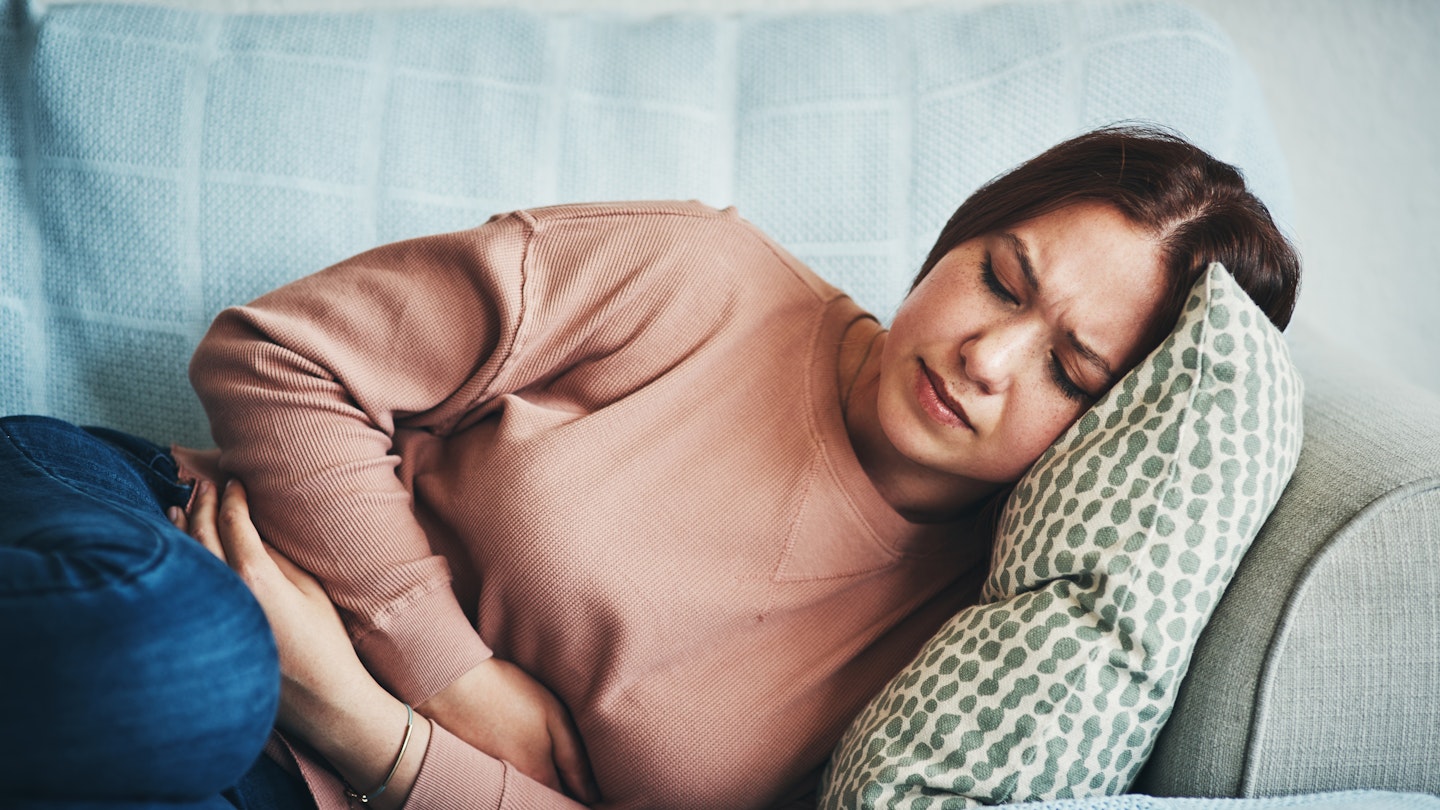Endometriosis can be debilitating and devastating. Periods can become so unbearably painful that sufferers often vomit and pass out from the ordeal. Yet, on average, it takes a massive eight years to be diagnosed with the illness—even though one in 10 women have the disease.
The condition occurs when tissue similar to womb lining begins to grow in other places, such as fallopian tubes and ovaries. Each month, the tissue bleeds like a period but the blood has nowhere to go and instead stays put and causes inflammation. In some cases, cysts form on ovaries organs stick together together.
Despite the severity of the condition, an APG report on women’s health in 2018 found that 40% of women saw a doctor 10 times before being referred to a gynaecologist. Additionally, 42% feel they weren’t treated with ‘dignity and respect’ by doctors.
Thankfully, new guidelines from scientists at University College London and University College London Hospitals should lead to better treatment and support for women with endometriosis, with experts welcoming the development in medical care.
Professor Ertan Saridogan, who has been working with the Guideline Development Group since 2003, said of the project: ‘This new work expands on important issues such as the clinical evidence on endometriosis in adolescents and postmenopausal women.
‘It also outlines the diagnostic process, challenges the current laparoscopy and histology used as the overall gold standard diagnostic tests, and it evaluates surgical, medical and non-pharmacological treatments.’
In the new guidelines, there are over 100 diagnosis recommendations, which extend beyond the current clinical examination for women with suspected endometriosis. There will also be added steps outlined for women with pain and fertility issues associated with the disease.
Recommendations have been updated for postmenopausal and adolescent patients, with clinicians being advised to consider pelvic pain, nausea, severe cramps, strain crying, painful urination and intercourse as symptoms for the condition. There have also been advances made in the recommendation guidelines for preventing the condition and considering it during testing and treatment in relation to cancer.
After years of medical misogyny and patient suffering, these extensive guidelines are desperately needed. One BBC investigation in 2019 troublingly found that half of endometriosis sufferers have experienced suicidal thoughts because of the condition.
‘Endometriosis is a very common, but still highly underrepresented disease with often devastating outcomes for the patients and their families,’ said chair of the Guideline Development Group, Professor Christian Becker.
‘Together with my colleagues we hope that the new ESHRE Endometriosis Guideline will assist both patients and healthcare professionals in their decision making and understanding of the condition.’
READ MORE::a[Endometriosis Explained: What It Is, How To Spot It, And How To Get Help]{href='https://graziadaily.co.uk/life/health-fitness/endometriosis/' target='_blank' rel='noopener noreferrer'} Endometriosis Awareness Month: Like Alexa Chung, I've Struggled With Endometriosis And Medical Misogyny
How Your Period Could Be Costing You £40,000 In Lost Earnings
